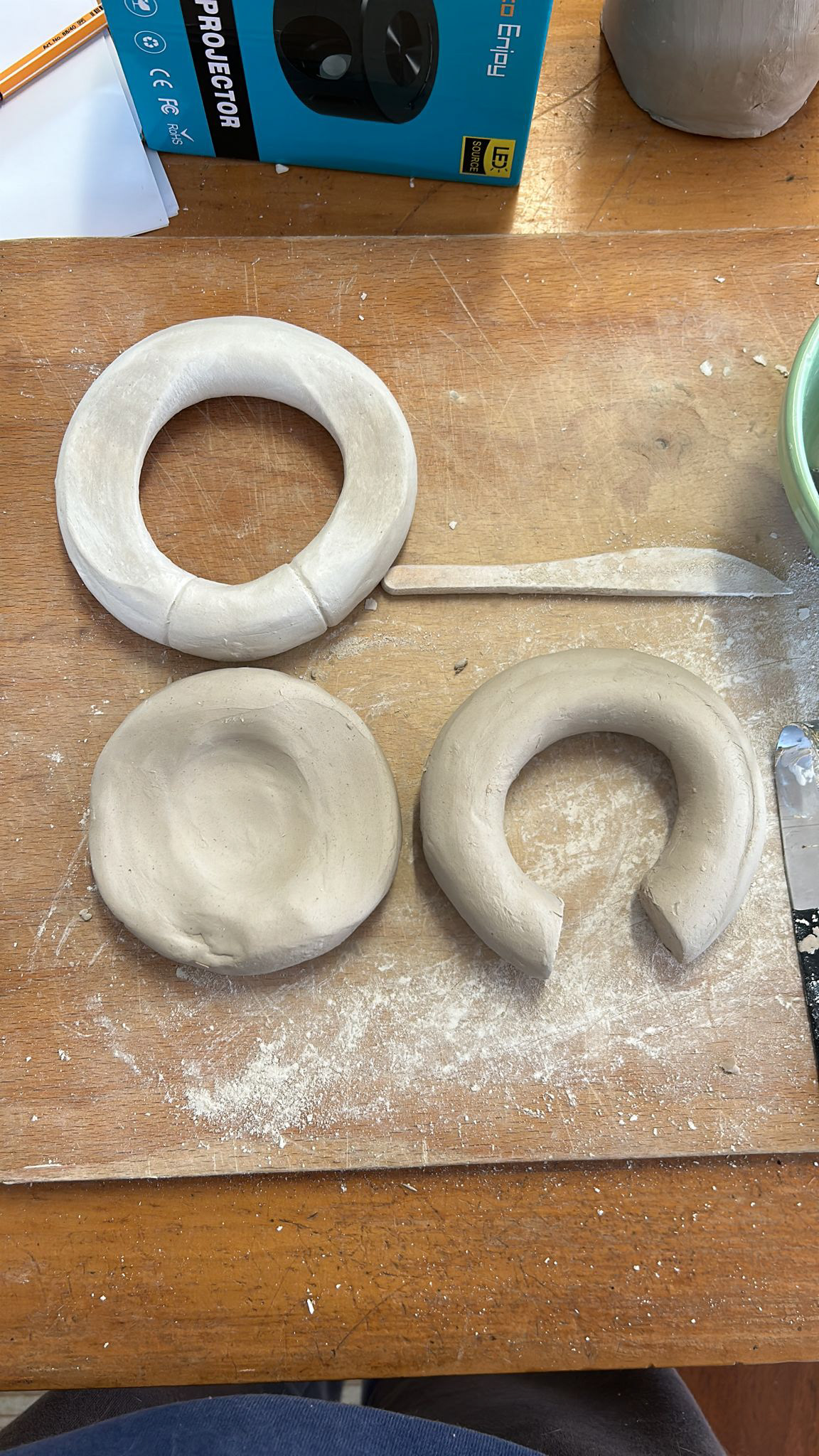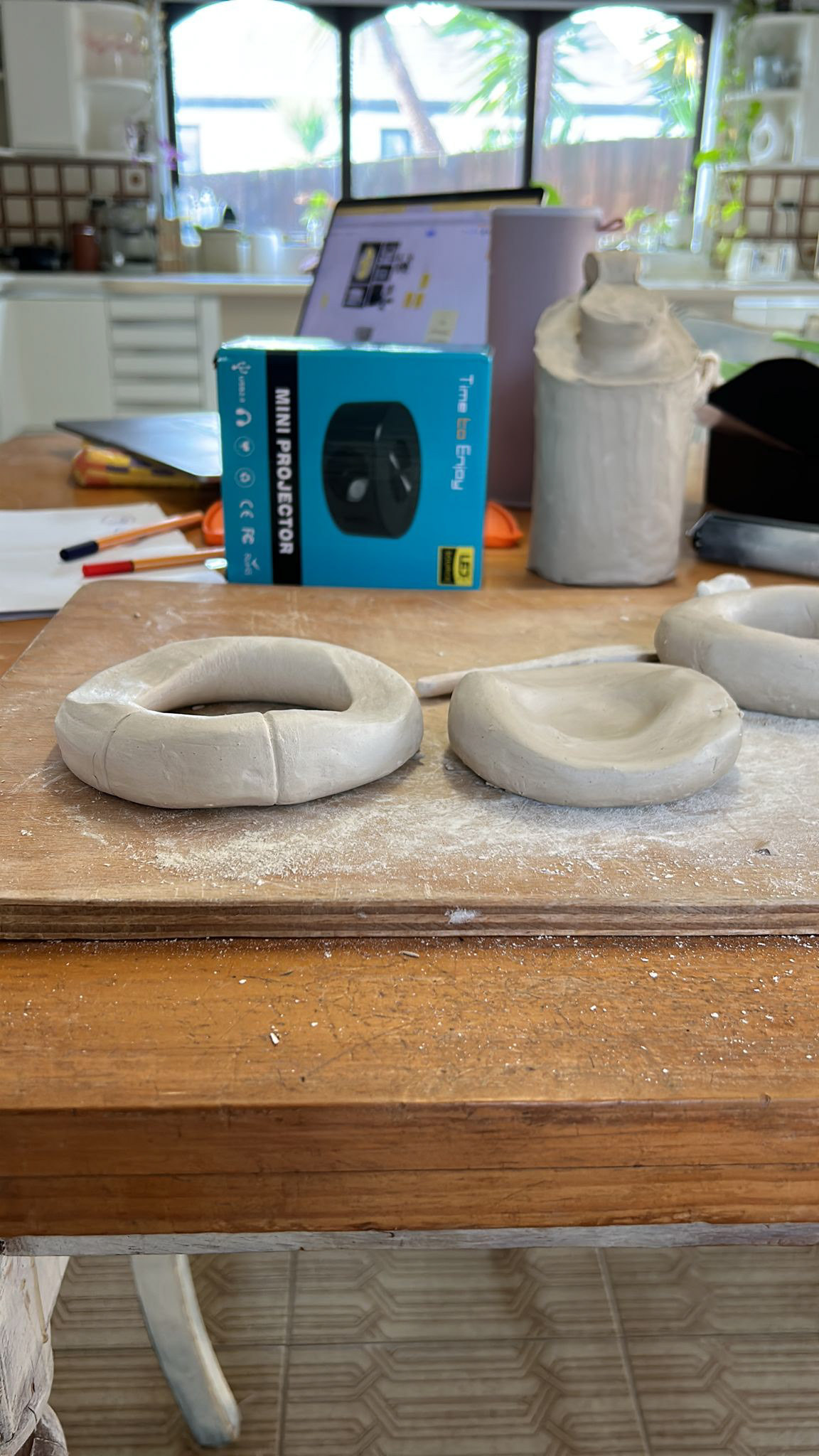ULO1 Interpret relevant data and design research insights to provide a rationale for design decisions
Online surveys and semi-structured interviews based on the broad research topic of workplace welfare were used to gather data from our target demographic of working professionals. This data gave us insights on what are the major pain points that exist and societal changes that have affected them the most, leading us towards our area of focus - the importance of workplace disconnection in a remote work situation.
After arriving at our area of focus, we then turned to benchmarking and desktop research to find out what solutions are available and established already, as well as what their strengths and weaknesses are. This informed our idea generation and concept development so that we could create something that filled a niche that was empty, addressed a problem that was needing attention and tapped on the strengths of existing solutions.
ULO2 Critique theories underpinning various design innovation practices
Design thinking was the very core of our project's development, where the activities of inspiration, ideation and implementation were undertaken over and over. We were using methods such as the 5 whys, worst idea, storyboarding etc to get out of the box and come up with new ideas that we'd take to rapid prototyping. We'd learn a little bit more about our target demographic, problem space, solution and each other every time we went through this process. At times, it would feel like we were starting fresh again without making any progress but there was a pay off when we summarised everything we'd done and learnt leading up to the design freeze.
One tool we enjoyed using was opposite thinking, where we'd list assumptions related to our problem space, define realities that were opposites of these assumptions, then brainstorm ways to bridge them. This led to our most radical and fun ideas!
However, the biggest challenge we found was trying to link deep technology to solutions for our problem spaces. The methods we attempted to employ to ideate around the technologies weren't quite suited, and it may have been due to the nature of each technology having very specific and difficult-to-understand functions.
ULO3 Create prototypes that are relevant to various stages of the innovation process
Prototyping at low, mid and high resolution were extremely valuable during the design process as it allowed us to test our ideas and get feedback from within the team, teaching staff, peers and target users.
Example 1: Experiential prototyping - after creating a virtual 3d environment and setting the foundation for animating it, we could then approximate what the "virtual commute" experience our concept would deliver. This helped us with deciding how best to present it as well as how feasible it would be.



Example 2: Clay prototyping - we used clay to quickly mock up physical objects of various shapes and sizes. This gave us the opportunity to touch, hold and interact with them in a tangible way and make observations as to the usability of each shape while comparing the differing experiences. We could then make an informed choice based on these findings on how to move ahead with the design.
ULO4 Formulate visualisations and storytelling narrative to communicate the value and intent of a design solution
In the lead up to our final presentation, I created an animated 3d rendered video of the concept. This particular video's purpose was to communicate to the audience what important internals are included in the concept, where they were located and what size they were.
The final video was rendered in a high quality so as to be sharp and clear, I used camera zooms (callouts were added in After Effects later) to isolate and identify important parts, and depth of field to enhance this. I also prepared a few words to narrate over the video during the presentation.
ULO5 Develop holistic design solutions covering technical, economic and human considerations in response to complex project briefs
The outcome from this semester was Sol, a physical and tangible device that delivers immersive experiences in order to improve workplace wellbeing and facilitate disconnection outside of work hours. Throughout the design process, we ensured that the user was first and foremost, with every design decision made with their benefit in mind. We carefully considered not just who the user was, but what their working situation could be in 2030, what their wants and needs might be, and also how different users could be even if in the same "category".
There were seemingly endless debates on what technologies to use and how experiences would be delivered so as to create something that was feasible and effective in 2030. We wanted our concept to be grounded in reality and seen as something achievable in the next 7 years.
For the physical prototype, manufacturing techniques and mass production were considered by extrapolating from current knowledge. Materials and techniques may improve over the next 7 years but they wouldn't differ too wildly from how they are today. As such, we ensured that there were real ways that parts attached to each other, material separations where needed, manufacturable parts, and features such as tolerances, ribs, lips and grooves to strengthen them. The size and power requirements of future technology were likewise extrapolated from current day equivalents and the concept designed around them.
ULO6 Support conditions for innovation culture as a team member through inclusive project management, empathy and open-mindset.
ULO7 Conduct techniques relevant to coaching design innovation activities
We were taught the concepts of "Yes, and", "No idea is a bad idea", and coding of good vs bad discussions. The key take away from these concepts was to build on each others' ideas, using the discussion to add the maximum amount of value to an idea and learn from it. Group members would have to all be onboard and be open to building on ideas despite disagreeing with them at first impression. I ensured that each of my group members would have ample chances to voice their ideas and looked to build and talk about them, reserving any form of 'judgement'.
I found that it was also important to recognise each others' strengths, weaknesses and personalities. The type of work that one person struggles to get through may be enjoyable to another so distributing tasks and covering for each other would follow an approach of "taking advantage of our strengths" rather than the extremely painful "building on your strengths".